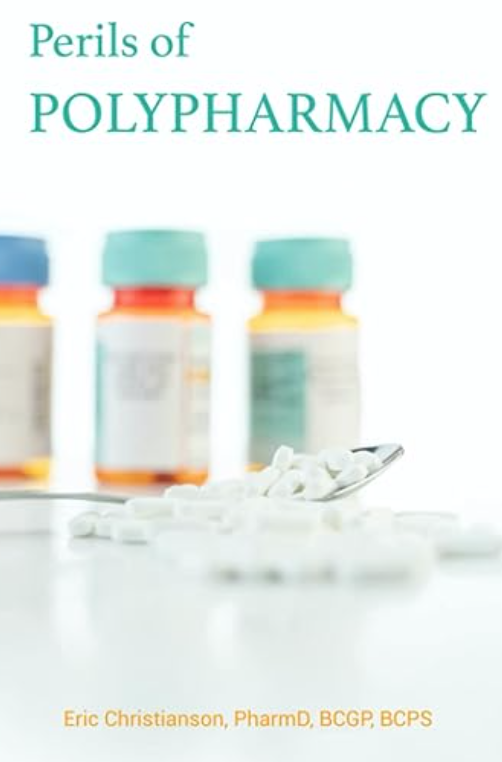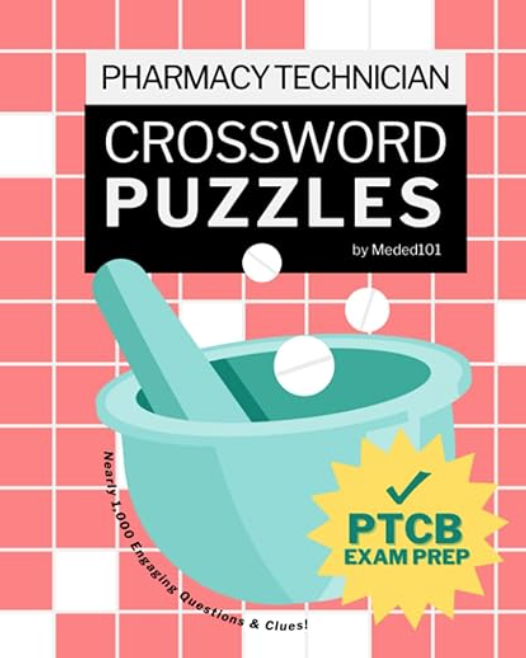Rheumatoid arthritis (RA) often requires complex, long-term medication regimens. This polypharmacy increases the risk of clinically significant drug interactions that can impact efficacy and safety. Below are five of the most important drug interactions encountered in rheumatoid arthritis treatment.
Folic Acid Deficiency
Methotrexate has the potential to cause folic acid deficiency on its own. Medications like trimethoprim and sulfasalazine can enhance this risk. It would be ideal to avoid these combinations but if a medication is necessary, close monitoring would be important. I typically don’t get too worried about a short course of Bactrim but if chronic use is necessary, closer monitoring of CBC and folic acid should be performed.
Vaccines and DMARD Therapy
DMARDs have the potential to suppress the immune system and the response to vaccines may not be what we want it to be. It is ideal to give vaccines at least two weeks (ideally longer if possible) before beginning DMARD therapy that suppresses the immune system. With live vaccines, there is actually a risk of an infection, not just a suppressed response to the vaccine. Be sure to assess vaccine status prior to the initiation of DMARD therapy and those drugs that suppress the immune system.
PPIs and Methotrexate
Proton Pump Inhibitors like omeprazole have the potential to increase methotrexate concentrations. At the usual dosages for rheumatoid arthritis (i.e. once-weekly lower dosages) it isn’t typically as big of a deal but I think it is reasonable to be aware of this concern in the event methotrexate toxicity and adverse effects are suspected. This is especially true because of the frequency with which PPIs are utilized.
NSAID Interactions
NSAIDs are frequently used to manage RA flares and associated pain. This class of medication has numerous drug interactions to be aware of. Increasing GI bleed risk is of significant concern, particularly in patients on antiplatelet and anticoagulant medications. Lithium concentrations can be increased as well due to NSAIDs. Renal impairment is also of higher concern when NSAIDs are combined with diuretics and/or ACE/ARBs.
Corticosteroids
Corticosteroid bursts are often used for RA flares. One of the most common concerns I run into with these bursts are in patients with diabetes. Hyperglycemia is a common occurrence and can directly oppose what we are trying to do with diabetes medications. Pay attention to these steroid bursts in patients with rheumatoid arthritis and diabetes. Closely monitor blood sugars and you may have to adjust diabets therapy depending upon the length of corticosteroid use.
There you have it, my top 5 drug interactions in rheumatoid arthritis! What other clinically significant interactions have you seen in your practice?
- 30 medication mistakes PDF
- 18+ Page Drug Interaction PDF
- 10 Commandments of Polypharmacy Webinar based on my experiences in clinical practice









0 Comments